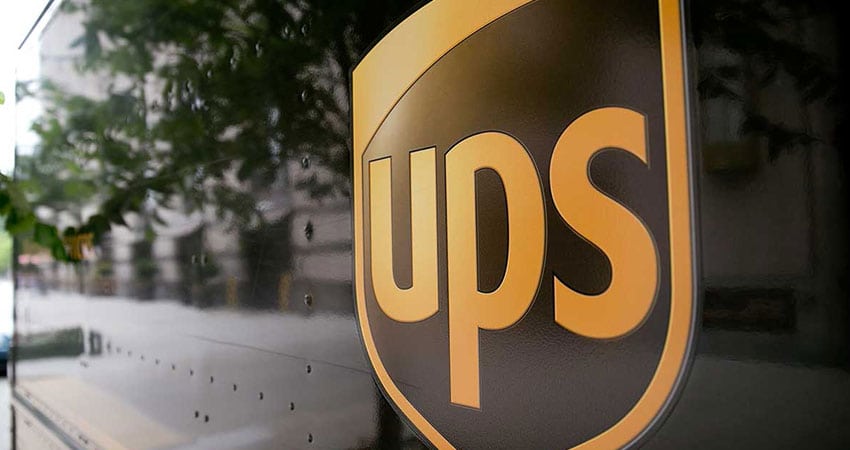UPS reported fourth-quarter revenue that fell short of expectations but earnings ahead of the consensus, while the outlook for 2023 appears challenged and the company is in margin protection mode against falling volumes and other volatility.
For the quarter, consolidated revenue at UPS was $27 billion, down 2.7% from last year, and operating profit was $3.8 billion, a decrease of 3.3%. Consolidated operating margin was down slightly to 14.1%, but increased to 12.8% in the U.S., the highest in 10 years.
CFO Brian Newman said UPS was expecting 2023 to be “a bumpy year” based on rising interest rates, inflation, recession forecasts, the Ukraine conflict, supply chain disruption from COVID in China and the company’s own labor negotiations.
“While we anchor our plans to S&P Global economic forecasts, we have developed multiple plan scenarios that will help us quickly pivot in an uncertain macro environment,” Newman said.
UPS CEO Carol Tome addressed heated rhetoric around upcoming negotiations with the Teamsters union, whose 10-year contract covering 350,000 UPS workers expires at the end of July. Tome said she’s expecting a “win, win, win” for UPS and its employees, the union and customers.
Fiery Teamsters president Sean O’Brien has repeatedly promised a strike if a contract isn’t in place by July 31; Tome said she is committed to making an agreement happen before that date.
In particular, Tome responded to the union’s concern over the six-day work week, which is increasingly the reality for delivery drivers.
“We share the same concerns,” she said. “I don’t want people working six days a week unless they want to. So, we’re aligned on this. We just need to get to the bargaining table and work it out. And candidly, we think with just a few tweaks to our existing contract, we can work this out.”
Average daily volume in the fourth quarter was down more than UPS projected, due to macro conditions, Tome said. It dropped 3.8%, about half of the decline coming from the unwinding of the Amazon relationship, which now represents 11.3% of volume, down from 11.7% a year ago. Volume in October and November was as expected, Newman said, but fell off in December along with consumer spending.
For 2023, UPS is allocating $5.3 billion to capital spending, with $2.4 billion going to automate storage capabilities and increase efficiency, $1.3 billion to its fleet, including 2,400 new alternate fuel vehicles, and $745 million in aircraft. Overall, the expense and capital budget is increasing $900 million over 2022.
Small-to-medium shippers, a huge focus for UPS and FedEx, represented 26.5% of domestic volume in Q4, up .7% from a year earlier. Domestic revenue per piece was up 7.2%, with revenue quality offsetting the volume drop, Newman said; it was flat for the international segment.
On the innovation side, UPS plans to expand its smart package initiative to all facilities in 2023, and continues to add customers to its outsourced logistics-as-a-service offering, Newman said. Also, engineering efficiency through UPS’s total service plan resulted in a 5.3% decrease in hours worked in the U.S. and the elimination of 1,500 trailer loads per day in Q4. Since the program’s launch in July 2022, driver dispatch time improved by 7.9%.
For the full year, consolidated revenue at UPS was up 3.1% to $100.3 billion, while adjusted operating profit of $13.9 billion was an increase of 5.4%, and the operating margin was 13%.

